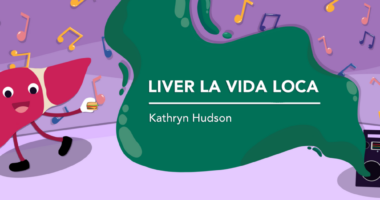New Approach to Drug Discovery Finds Veterinary Pill Helps Mice Fight Liver Cancer

A relative of a veterinary de-worming pill, in combination with the standard treatment Nexavar (sorafenib), was found to halt the growth of hepatocellular cancer (HCC) in laboratory mice.
A new computing approach was used to find this application. But it is not yet known whether this drug, niclosamide ethanolamine salt (NEN), is safe and effective in humans.
The study, “Computational Discovery of Niclosamide Ethanolamine, A Repurposed Drug Candidate That Reduces Growth of Hepatocellular Carcinoma Cells in Vitro and in Mice by Inhibiting CDC37 Signaling,” was published in Gastroenterology.
HCC is a liver cancer that usually is detected only in advanced stages, when treatment is less effective. It is the second-leading cause of deaths from cancer worldwide, and there is no effective treatment for it.
The first step in finding NEN was to look at databases that catalogue the genes affected in HCC patients and cell lines. Many genes are affected, and they differ from one tumor to the next, so the researchers at the University of California, San Francisco used computer analysis, computational data mining, to come up with “gene signatures,” the sum total of genes affected.
They found 274 genes whose expression was modified in tissues from liver cancers, but not in normal livers. They also looked at the gene signatures induced by 1,000 different drugs.
“Because our method is literally virtual, we can evaluate hundreds of drug candidates very quickly,” Bin Chen, PhD, a former postdoctoral scholar in Butte’s lab, said in UCSF news story, reported by Laura Kurtzman, on which this Liver Disease News article is based. “We looked at more than 1,000 drugs before discovering that the deworming pills were effective. This is a very efficient way to do drug discovery,” Chen said.
By comparing these patient and drug gene signatures, they found NEN potentially could return the expression of most genes in HCC to normal levels.
“We found these disease genes were reversed after six weeks of treatment in a patient-derived tissue in mouse model,” added Chen, who is now a faculty member in Pediatrics in the Institute for Computational Health Science.
Chen explained that the advantage of the new approach was that it targeted multiple genes at the same time.
They then tested the action of NEN in HCC tumor cells in the laboratory, and also in mice with human HCC tumors. They found that the conventional treatment, Nexavar, on its own, or NEN on its own, were not nearly as effective in stopping tumor cells from growing in the laboratory and stopping tumors from growing in the mice, as was a combination of the two. NEN combined with Nexavar was highly effective at killing cancerous liver cells.
NEN is safe for use in dogs and cats, but has not yet been tested in humans. Chen estimates that NEN would cost half or less as much as a typical drug, because of the low cost of data mining and the quick results data mining provides.
“In this study, patients had similar gene expression profiles, but not identical,” Chen said. “In most cases, cancers have many mutations, and patients will relapse. Our approach might be used to control the disease, to make it a chronic condition rather than a lethal one.”






